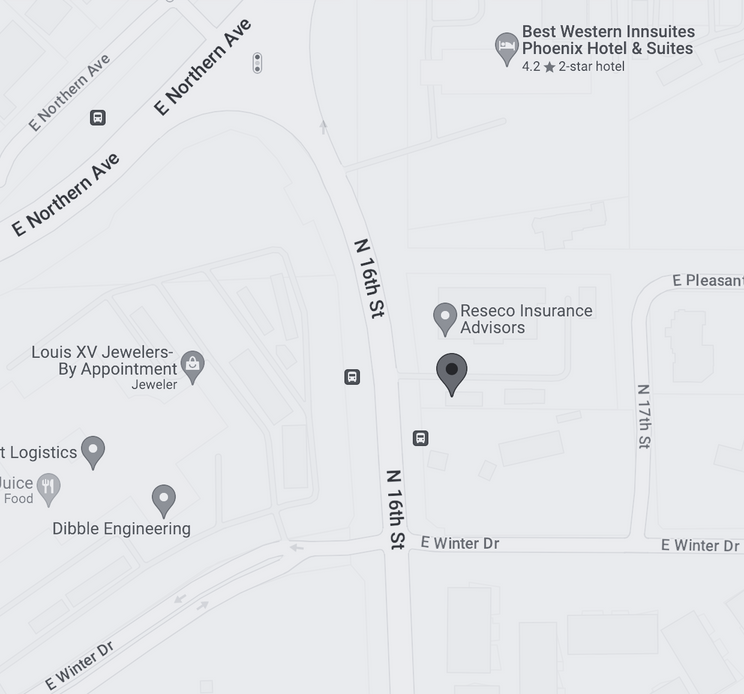INTRODUCING Steve

In 1995, my wife and I packed up and moved west in pursuit of opportunity and the dream of building a future for our family. Today, 29 years later, our twins—our greatest pride—are beginning their own journeys at rival colleges in Arizona. They are my “Why,” the driving force behind everything I do, including my passion for workplace safety and accountability.
Over the past 30 years, I’ve worked across multiple industries as a Certified Safety Professional (CSP), leading efforts to create safer, more accountable work environments. From commercial insurance companies to some of the largest construction firms in the country, I’ve seen how accountability—or the lack of it—can make or break an organization. In 2012, my partners and I founded a safety consulting firm, built from scratch, with a shared mission to improve workplace safety.
Through it all, one thing has remained clear: a culture of accountability is the bedrock of highly successful businesses. But it’s not just about policies and procedures—it’s about engaging and empowering people to take ownership of their work and safety. It’s about showing that you genuinely care about your people. In this blog series, I’ll explore how leaders can foster this culture and, in turn, create engaged, safer, and more resilient organizations.
IMPORTANT TO YOU?
As leaders, we need to reflect on these questions. How can we move beyond mere words to demonstrate our commitment to safety in tangible ways? What systems can we put in place to empower every employee to take responsibility for creating a safer workplace? Building a culture of accountability starts with us.
SAFETY EXCUSES
In our personal lives, we vigilantly safeguard our children, teaching them to stay away from danger and emphasizing safety at every turn. However, when it comes to workplace safety, many employees shift responsibility elsewhere. They might say following safety protocols “slows me down,” or dismiss regulations as excessive, believing “we have too many rules.” Some even prioritize speed over safety, thinking, “OSHA? Who cares?”
These attitudes are dangerous—not only for the individual but for the entire organization. Safety is everyone’s responsibility, and we must foster a culture where every employee feels empowered and accountable for their own safety and the safety of others. Just as we wouldn’t leave our children’s well-being to chance, we cannot ignore the importance of instilling a sense of personal responsibility for safety in the workplace.

YOU CARE?
As leadership expert John C. Maxwell said, “People don’t care how much you know until they know how much you care.” This simple yet powerful statement speaks to the heart of effective leadership, particularly in the realm of safety. When leaders show genuine concern for their employees’ well-being, it creates trust. Policies and procedures alone are not enough; leaders must actively demonstrate that they value their teams’ health and safety.
In a workplace where employees feel valued and cared for, safety protocols transform from bureaucratic hurdles to essential practices. When leaders engage, listen, and support their teams’ safety initiatives, they inspire a collective commitment to accountability. Safety becomes a shared responsibility, fueled by trust and respect.
Accountability:
A Crucial Yet Elusive Quality
Accountability is the willingness to accept responsibility for actions, decisions, and outcomes. In the workplace, it means employees understand their roles, take ownership of tasks, and are transparent about their progress and challenges. Recognizing top performance consistently builds trust and promotes ethical behavior.
However, accountability can often feel elusive in fast-paced work environments. A traditional top-down approach to safety yields limited results. That’s why we developed SHIELD™—a proven framework to cultivate accountability and enhance safety performance across organizations.

Building a Proactive
Safety Culture


By embracing SHIELD™, organizations can transform safety from a compliance obligation into a shared responsibility, where everyone is engaged and accountable for workplace safety.
Building Accountability
Starts with Leadership

